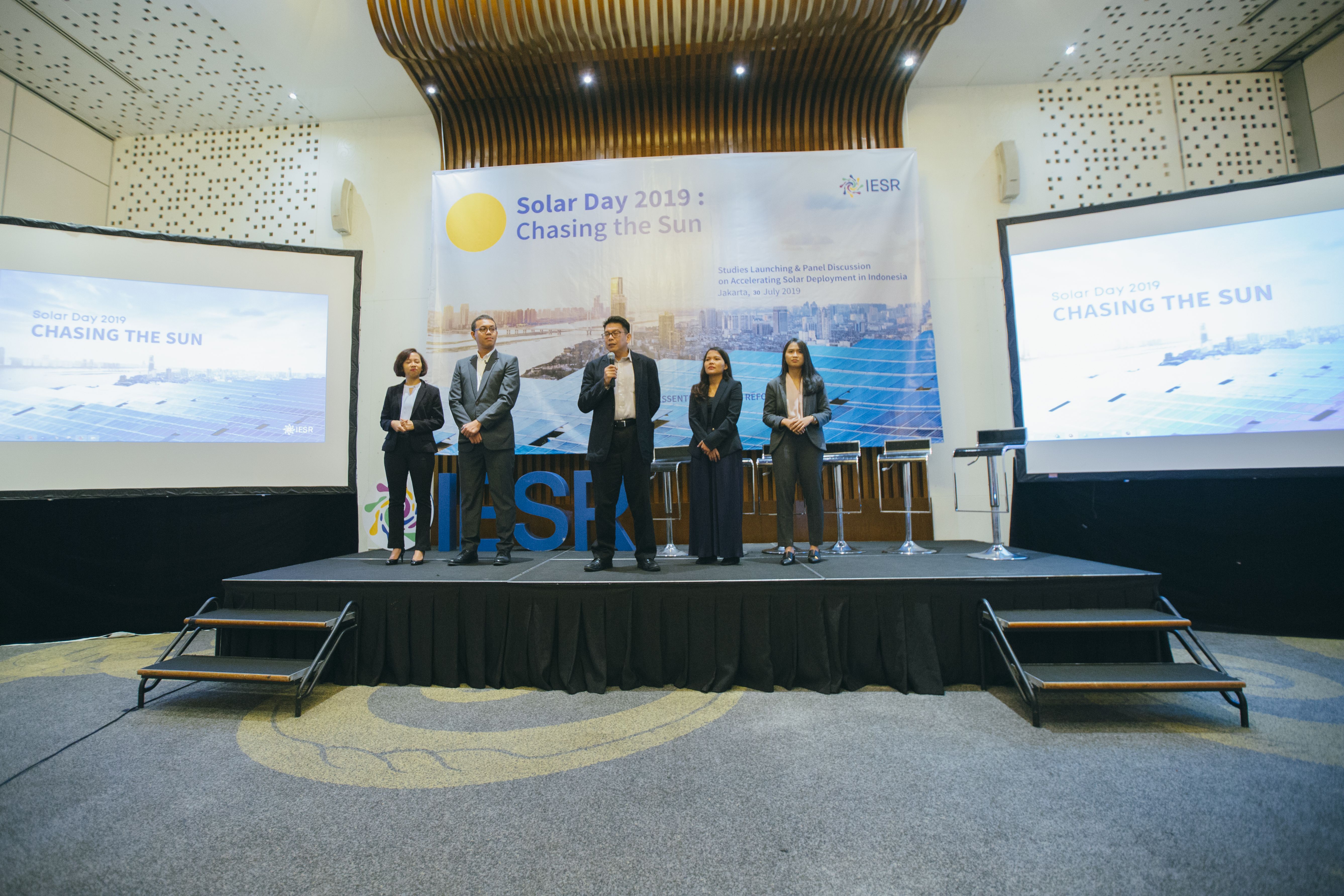Indonesia is known for its abundance of sunny days. The country receives 3.6 - 6 kWh/m2/day of solar irradiation intensity, equivalent to annual power output of 1,170 - 1,530 kWh/kWp (World Bank & Solargis, 2017). The National Energy Policy (KEN) has set a target of solar generation at 6.5 GW in 2025 and 45 GW…

